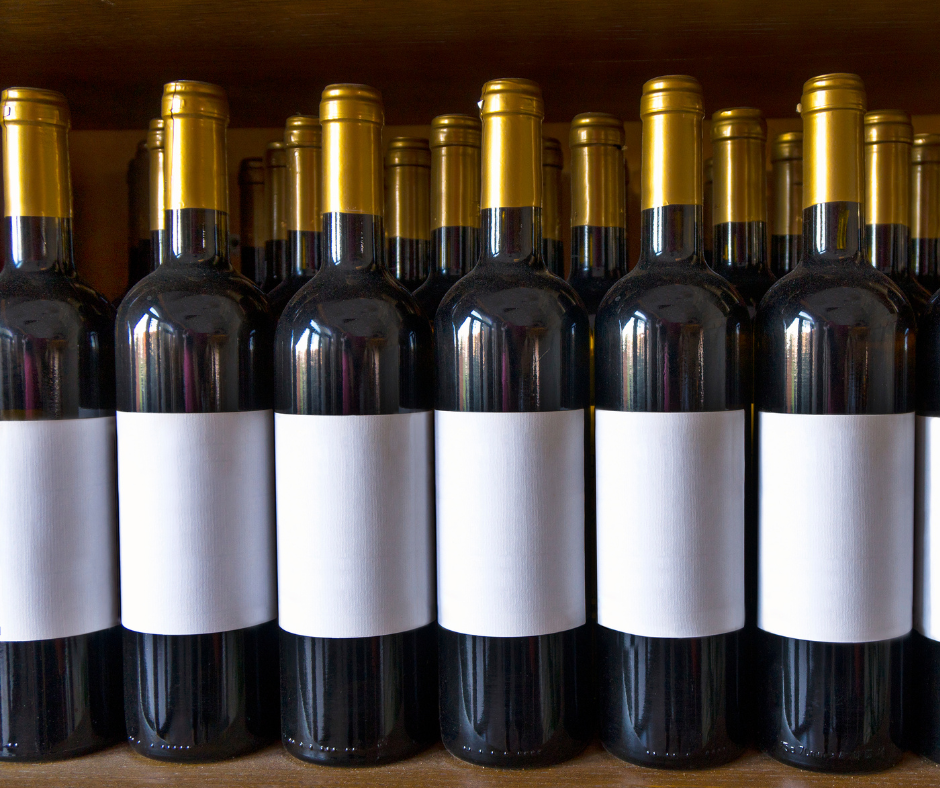What does that label say?
As we know, all bottles of wine have a label. In fact, there is almost always a front and back label. Some are very pretty and eye catching while others are simple and maybe even plain. Some have cool graphics yet others have only modest text. But did you know that the wine label is legally required to provide certain information to the customer?
Requirements
The producer’s name and address, bottle volume, alcohol content, wine type and sulfite content are all required by law to appear on the label. It may be hard to find, but it will be somewhere on the label. Wine labels do differ from Europe to America, but the information requirements are the same.
While most wine does have a vintage (the year it was produced), not all wine has a vintage. Therefore, you will not always find the vintage on the label. Champagne, Cava and Sherry are examples of wines that are non-vintage wines. These wines are blended from year to year for consistency.
It’s in the details..
So, what does that label actually say? For a label to give a specific AVA (American Viticulture Area) or growing region, a certain percentage of the grapes must come from that specific region. This does vary from state to state though. Talk about confusing! The standard, Federally and in California, is that 85% of the grapes must come from the specified AVA, while in Oregon, the requirement is 95%. As far as the contents of the bottle, this is also controlled by law. If the wine is designated as a certain variety, federal law states that 75% of the contents must be that specific variety while in Oregon, the law requires 90% of the specified variety. This does allow the vintner to blend small amounts of other wines to give structure and complexity to the wine without necessarily listing out each variety involved on the label. European countries also have strict laws regulating their wine. While European wines tend to be labeled for the specific region, not the variety, it is up to the drinker to know what is grown in the specific regions.
What is the difference?
What about that Cabernet Sauvignon that was produced in Florida? Cabernet Sauvignon grapes are certainly not grown in Florida. Those grapes are likely purchased from out of state, then vinted and bottled in Florida. What does it mean when the label says “California Red?” This simply means that the grapes were grown in California and could have come from anywhere in the state.
Learning to truly read and understand what that wine label says takes some time. You have to familiarize yourself with the growing regions (AVAs in America) and what grapes are grown there to get a good understanding of what is in the bottle. This is especially true for all European wines. Each European country has its own set of rules, but a general understanding can go a long way.
Looking forward to seeing you! XO Alayna


